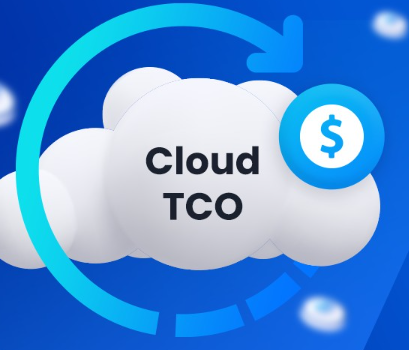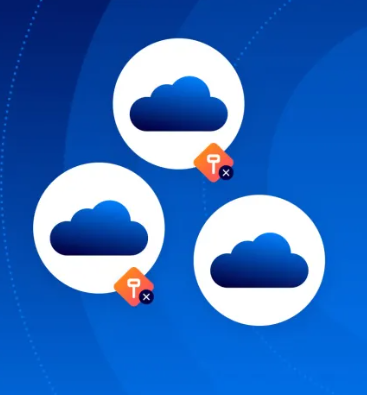
When planning a new IT project, it’s no longer just about upfront expenses. Total Cost of Ownership (TCO) offers a comprehensive view of the real cost behind an infrastructure choice—be it traditional on-premise or cloud-based. Originally defined by Gartner in 1987, TCO helps businesses account for all financial impacts over the lifecycle of a solution, not just the purchase price.
As more companies consider shifting to the cloud, understanding how to accurately calculate TCO becomes critical for making informed decisions.
Beyond the Sticker Price: Why TCO Matters
Choosing between building an in-house infrastructure or adopting a cloud-based model isn’t straightforward. At first glance, cloud services might seem more cost-effective due to the absence of large capital investments. However, to truly gauge long-term financial impact, a complete breakdown of all related expenses—initial and recurring—is essential.
TCO Breakdown for On-Premise Infrastructure
For companies maintaining their own hardware, the TCO includes several layers of cost:
Initial Investments
- Servers and physical storage devices
- Network hardware and security appliances (firewalls, encryption gateways)
- Backup system design and implementation
- Software licenses (OS, database, office applications, antivirus)
- IP address allocation and network setup
- Colocation fees for data center space
- Additional infrastructure if disaster recovery is required (often in a separate location 50+ km away)
Ongoing Operational Costs
- Infrastructure planning and design hours
- Regular upgrades and component replacements
- Energy usage and climate control systems
- Technical support and hardware maintenance
- Staff training and internal expertise development
- Decommissioning and disposal of outdated hardware
- Resource underutilization due to overprovisioning
These costs aren’t always predictable, and they accumulate over time. In most cases, evaluating TCO over a 3-to-5-year window gives the clearest picture, as most hardware reaches end-of-life within this range. At that point, organizations often face a full infrastructure refresh.
Evaluating Cloud Infrastructure Costs
Cloud-based environments simplify the cost model and reduce long-term overhead.
Key Financial Advantages
- No capital expenditure (CAPEX); services follow a pay-as-you-go billing model
- No internal maintenance or hardware replacement expenses
- Technical support and updates are handled by the provider
- No operational risks tied to hardware failures or outdated systems
Efficiency Gains
- Faster deployment timelines—cloud providers can configure environments in hours
- Ability to consolidate multiple workflows under one platform
- On-demand scalability without physical constraints
- Enterprise-grade infrastructure included by default
- Multilingual 24/7 support
Performance and Security
- Hosting in Tier III and IV certified data centers
- Guaranteed uptime with SLAs up to 99.9998%
- Built-in business continuity without additional fees
- Robust cybersecurity protocols and DDoS protection
- Optimized network performance and minimal latency
Final Considerations
TCO is more than just the cost to buy and set up infrastructure. It also accounts for daily operational expenses—like energy use, maintenance, and system monitoring—which can be significant over time. With cloud adoption, many of these hidden costs are either eliminated or shifted to the provider, offering increased transparency and better predictability.
Based on a three-year projection, migrating to the cloud can reduce total ownership costs by roughly 20%. As time goes on, that savings margin only widens—making cloud solutions an increasingly attractive option for businesses seeking flexibility, performance, and cost efficiency.












